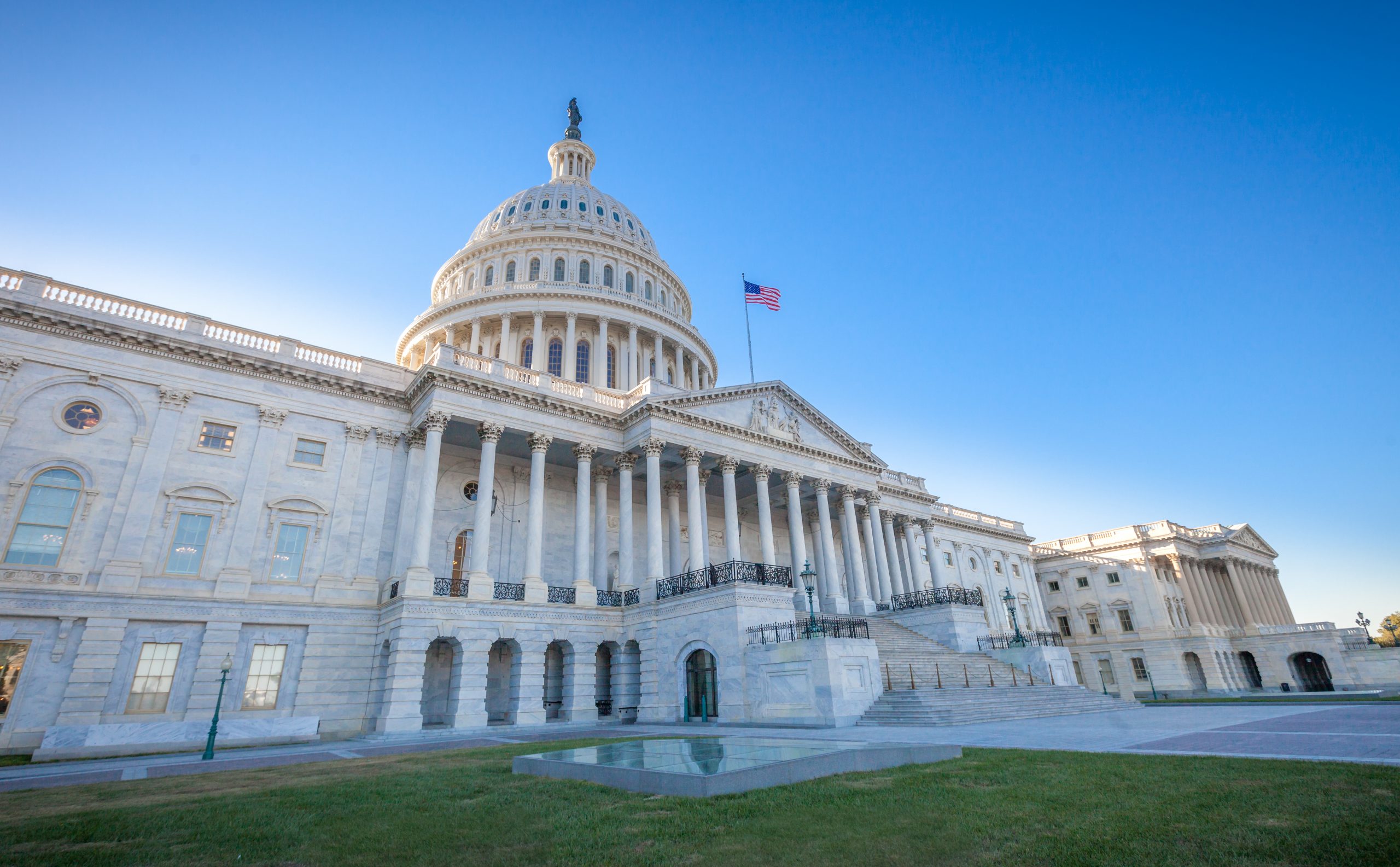Government Affairs and Advocacy
Aug. 8 Federal Update: Senate Passes Significant Health Care, Climate Change Package
After a rare weekend meeting of the United States Senate, Senate Democrats on Sunday, Aug. 7, passed a comprehensive $740 billion tax, climate, and health care reconciliation measure, with Vice President Kamala Harris providing the deciding vote. The legislation titled the Inflation Reduction Act of 2022 will significantly advance President Joe Biden’s domestic policy agenda if it passes the House of Representatives.
The health care provisions in the bill are significant. The legislation outlines a method for Medicare to negotiate the price of prescription drugs. This new negotiating power could save the federal government $288 billion over ten years. The bill would also cap Medicare patients’ out-of-pocket costs at $2,000 per year and impose a financial penalty on drug companies that raise prices faster than the inflation rate. On top of these Medicare reforms, the bill would extend Affordable Care Act subsidies for three years, lowering premiums for approximately 13 million people.
Additionally, the bill could reduce the deficit by $300 billion, invest $370 billion in energy security and climate change programs, boost IRS funding by $80 billion, implement a 15% minimum corporate tax on corporations with over $1 billion in value, and close the so-called carried interest loophole, among other things.
Now that the legislation has passed the Senate, it will go to the House of Representatives, where Democrats can afford to lose only a handful of votes. President Biden has said he will sign the bill if it reaches his desk.
Senate Appropriations Bills Released
On Jul. 28, the Senate Appropriations Committee released 12 appropriations bills for the fiscal year 2023, representing the Senate Democrats’ opening salvo in the upcoming negotiations with Republicans over next year’s federal budget. These bills are subject to substantial change as the process unfolds, and Social Current will keep you updated on the negotiations throughout the fall.
The Labor, Health and Human Services, and Education appropriations bill includes $216.1 billion in funding, a $21 billion, or 10%, increase from the fiscal year 2022 level. Here are some of the highlights from the bill:
- $9.1 billion for the Substance Use And Mental Health Services Administration, a 40% increase over FY22
- $1.42 billion for the Mental Health Block Grant
- $2.4 billion for the Substance Use Prevention and Treatment Block Grant
- $19.6 billion for child care and early education programs, a 12% increase over FY22
- $7.165 billion for the Child Care Development Block Grant
- $12.036 billion for Head Start
- $49 billion, a 13% increase, for Federal K-12 educations programs, including the Individuals with Disabilities Education Act, Title I-A grants, and the English Language Acquisition program
- Increases the maximum Pell Grant award by $500 to $7,395 per student
- $2.959 billion for Workforce Innovation and Opportunity Act State grants
In addition, the transportation and housing appropriations bill increased funding for the Department of Housing and Urban Development by $4.3 billion above FY2022 to $70 billion.
- $3.55 billion for homeless assistance grants
- $2.99 billion for Continuum of Care projects
- $55 billion for rental assistance programs
- $30.18 billion for Section 8 vouchers
- $8.47 billion for public housing
Finally, in the agriculture appropriations bill, critical nutrition programs received significant increases in funding.
- $6 billion for the Special Supplemental Nutrition Program for Women, Infants, and Children (WIC)
- $111.1 billion for the Supplemental Nutrition Assistance Program
- $28.6 billion for Child Nutrition Programs, including the School Breakfast and Lunch programs.
Senate Committee on Aging Holds Hearing on Tech and People with Disabilities
On Jul. 28, the Senate Special Committee on Aging held a hearing called “Click Here: Accessible Federal Technology for People with Disabilities, Older Americans, and Veterans,” which explored the technological barriers that hold back people with disabilities, who are disproportionately older Americans and veterans. Chairman Bob Casey (D-Penn.) opened the hearing by stating that though the government came a long way during the earlier part of the pandemic to increase digital accessibility, a report found that only 10% of Veterans Affairs websites were fully accessible, particularly for the blind. Another topic was telehealth. Ranking Member Tim Scott (R-S.C.) highlighted the Telehealth Modernization Act, making telehealth flexibilities permanent after the public health emergency. One of the witnesses, Eve Hill of Brown, Goldstein & Levy, LLP, was formerly a deputy assistant attorney general at the U.S. Department of Justice, Civil Rights Division. She noted that the federal government’s immense buying power could influence developers and suppliers to update their electronic and information technology to be more accessible to the general public. Finally, a retired navy veteran, Ronald G. Holmquest, said that telehealth and technology upgrades had allowed him to take full advantage of the VA’s health offerings and pressed Congress to continue in the right direction.
New Fact Sheet for the Affordable Connectivity Program
The White House released a fact sheet that helps families access internet services through the Affordable Connectivity Program, a new program created in the Bipartisan Infrastructure law passed last year. The program gives eligible households a $30 discount per month on their internet bills. These households can also get $100 off the purchase of a laptop, desktop computer, or tablet through the program. The fact sheet walks prospective applicants through signing up for the program, including an online tool to determine eligibility. For individuals to qualify, households must either earn less than 200% of the Federal Poverty Guidelines or participate in another program like Medicaid, SNAP, SSI, or WIC. The fact sheet also provides a list of participating internet service providers.

